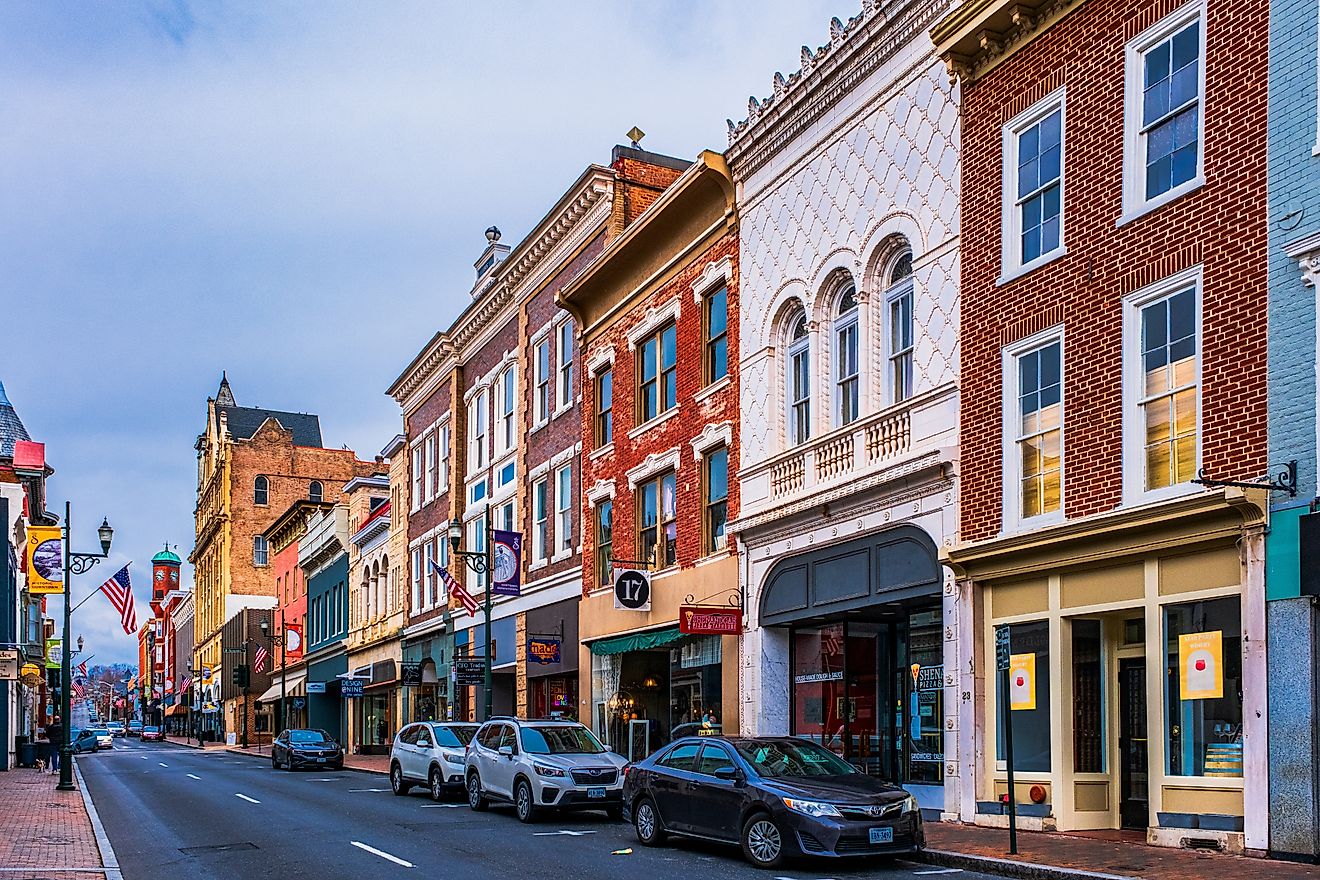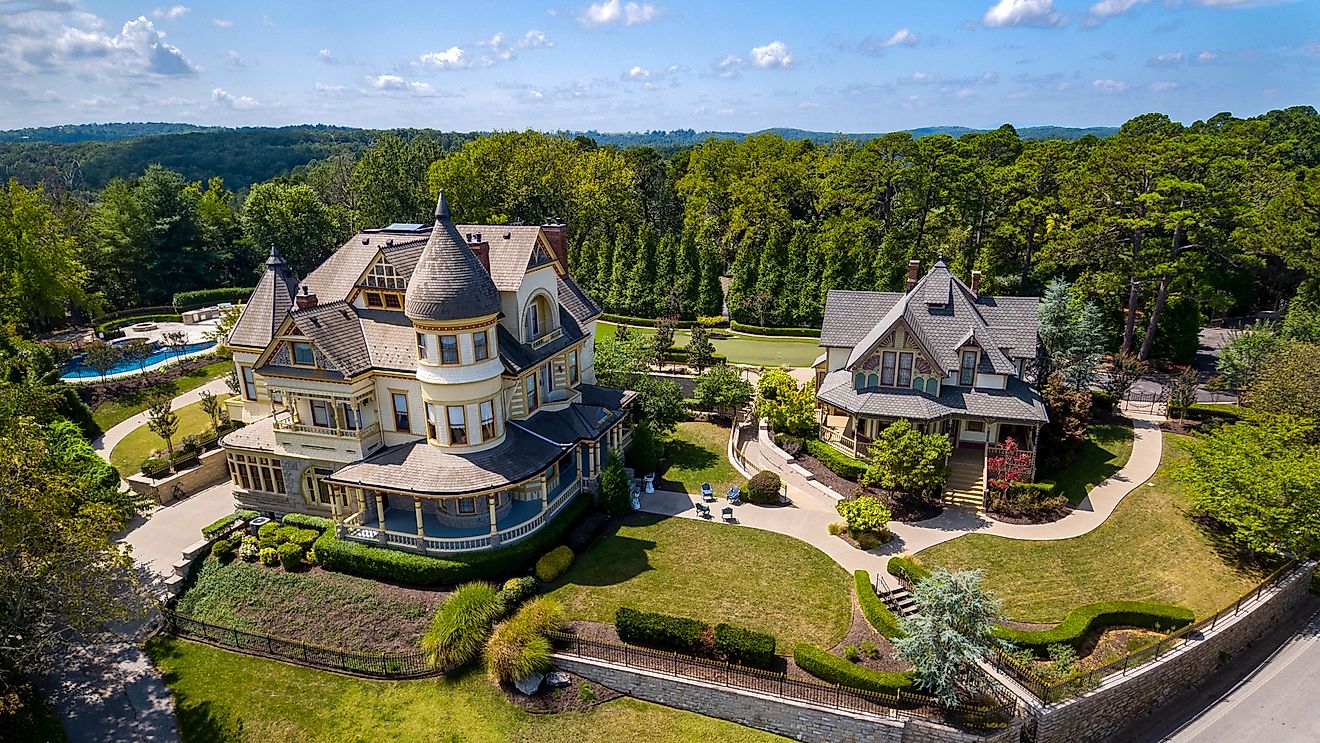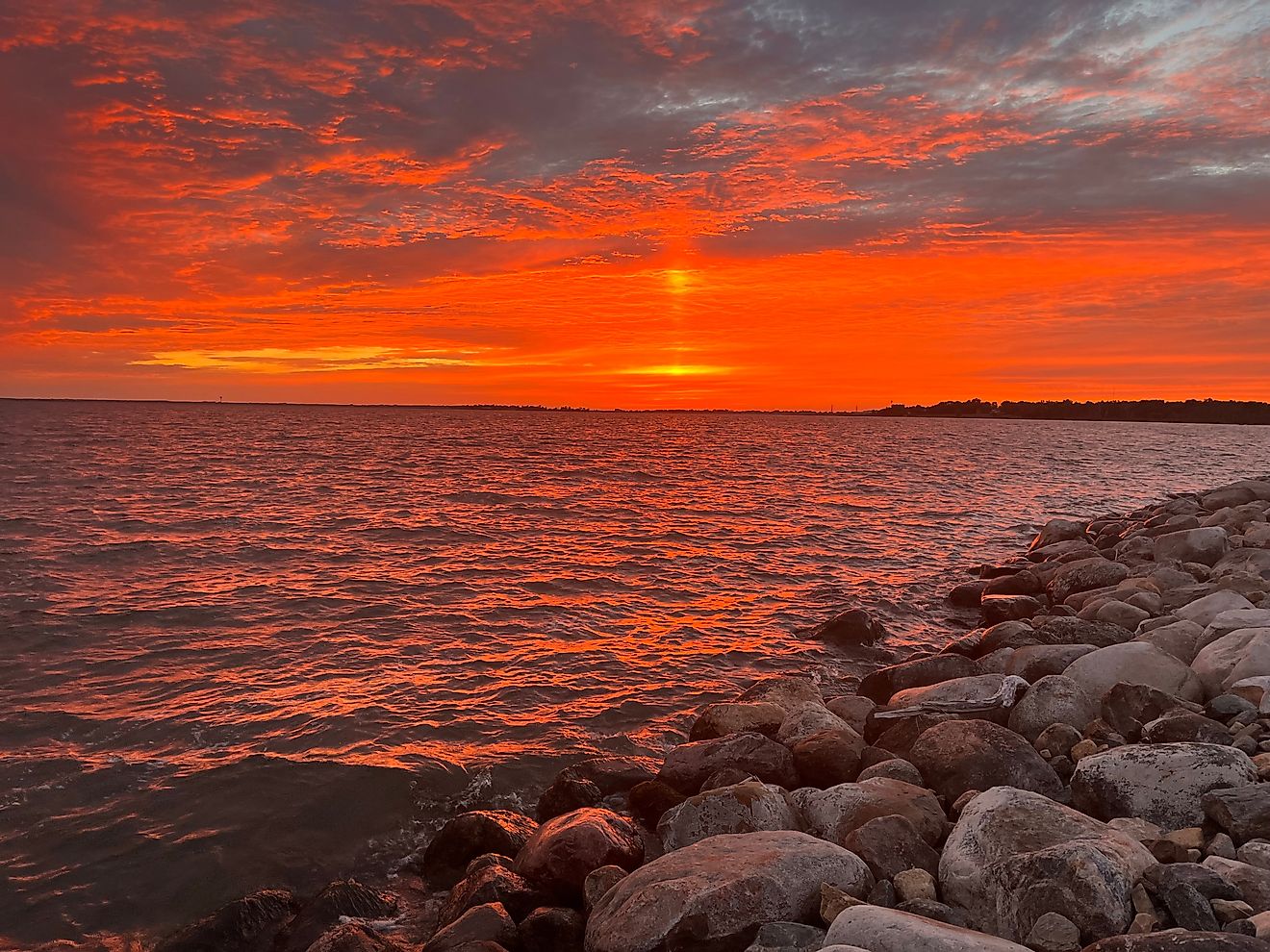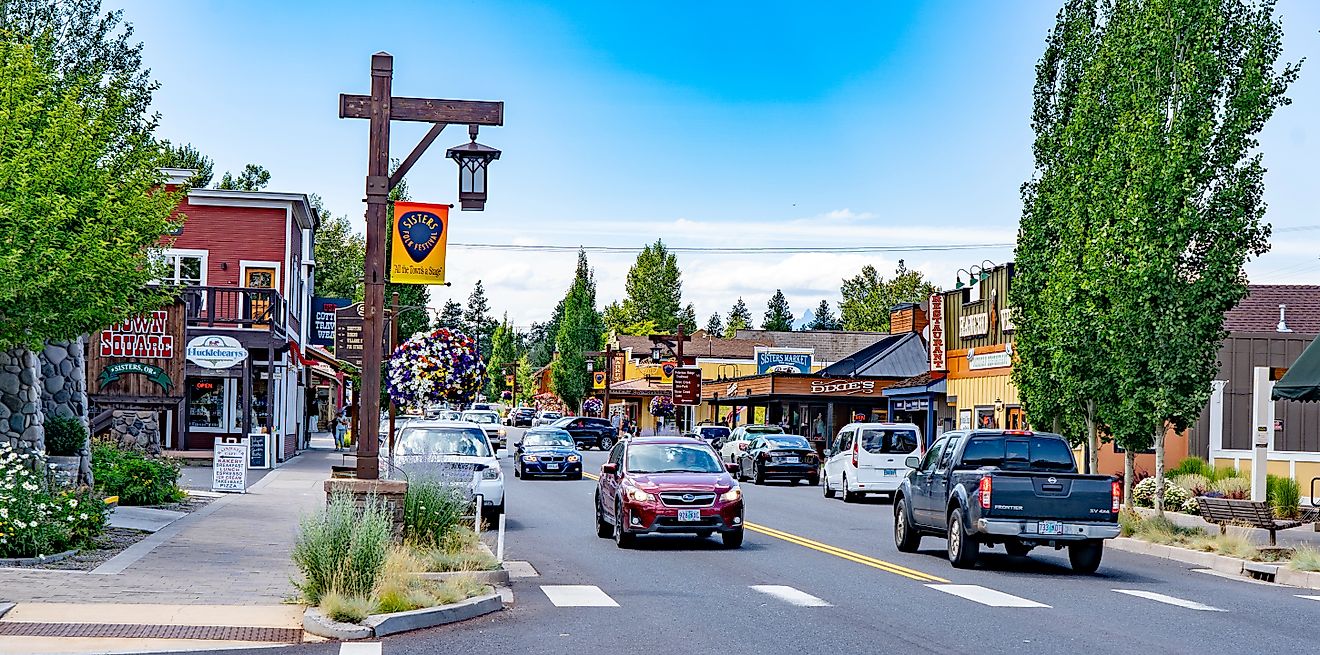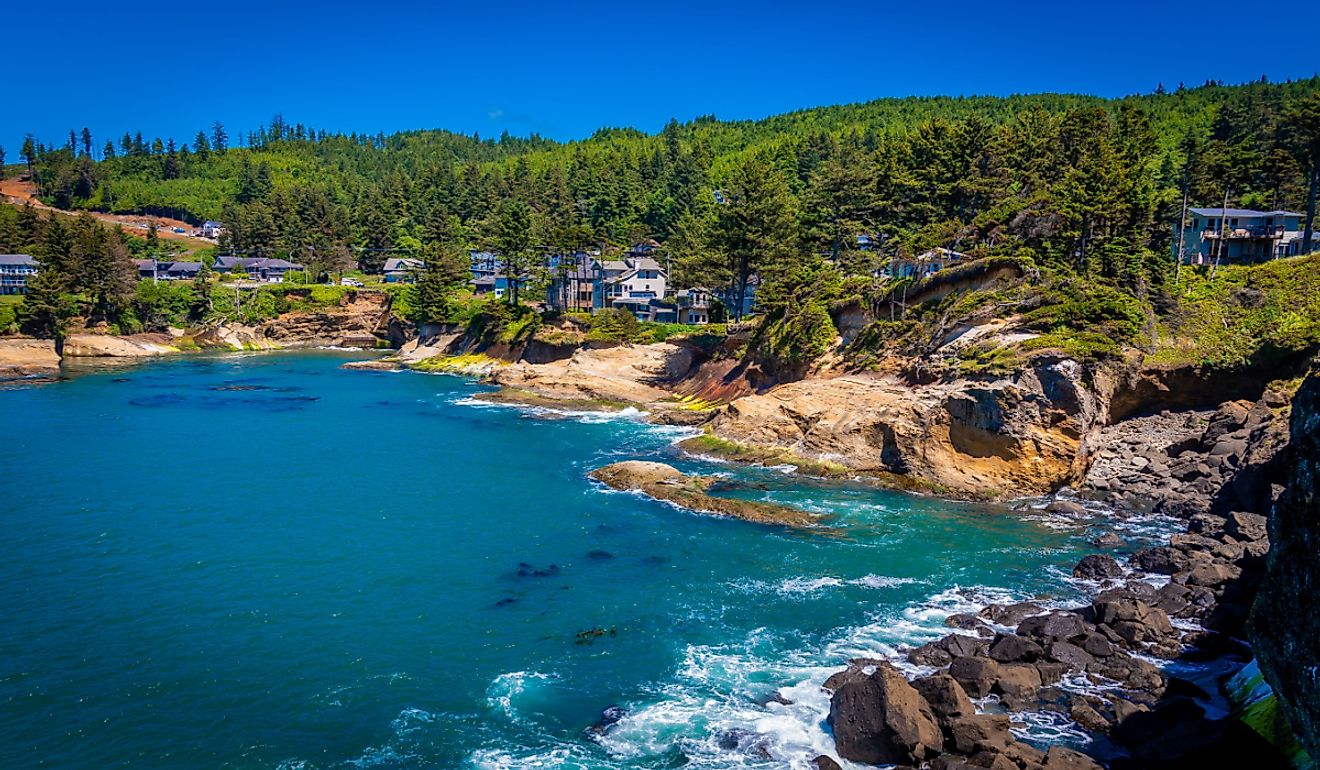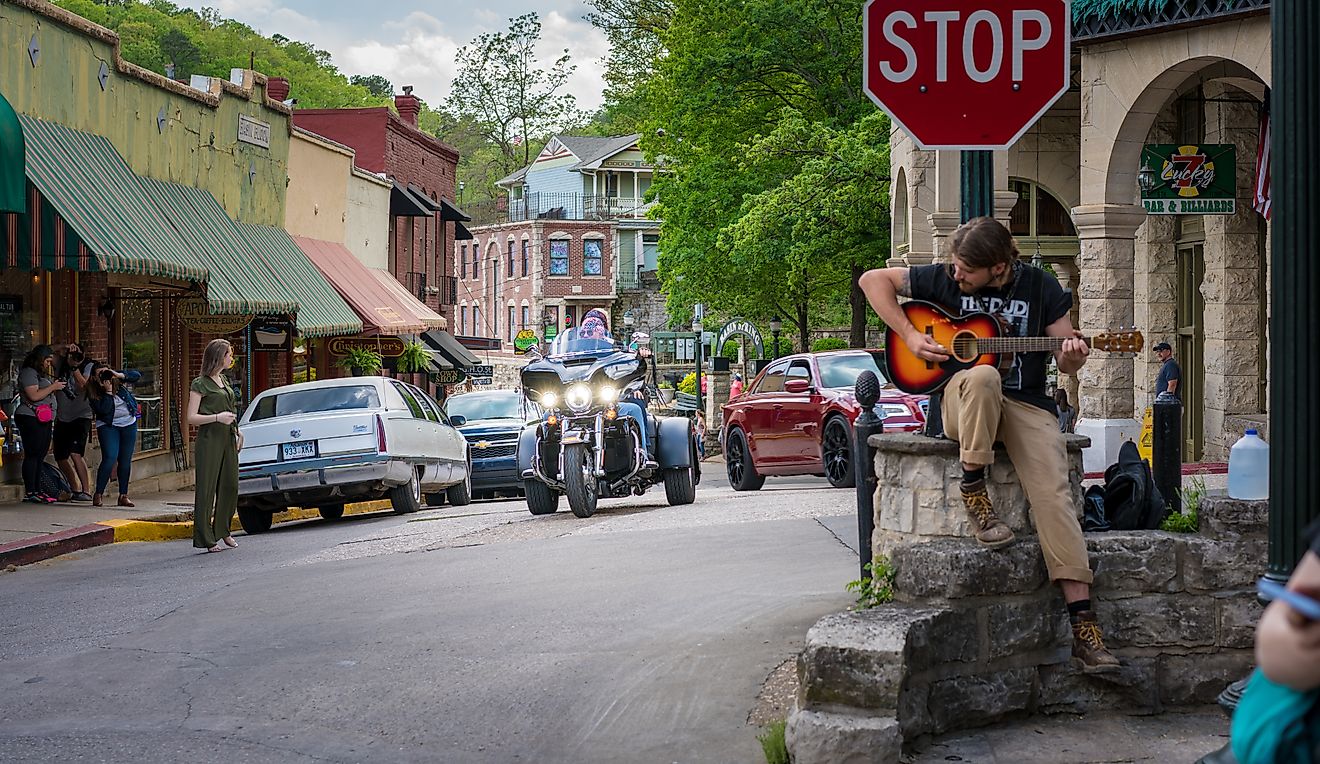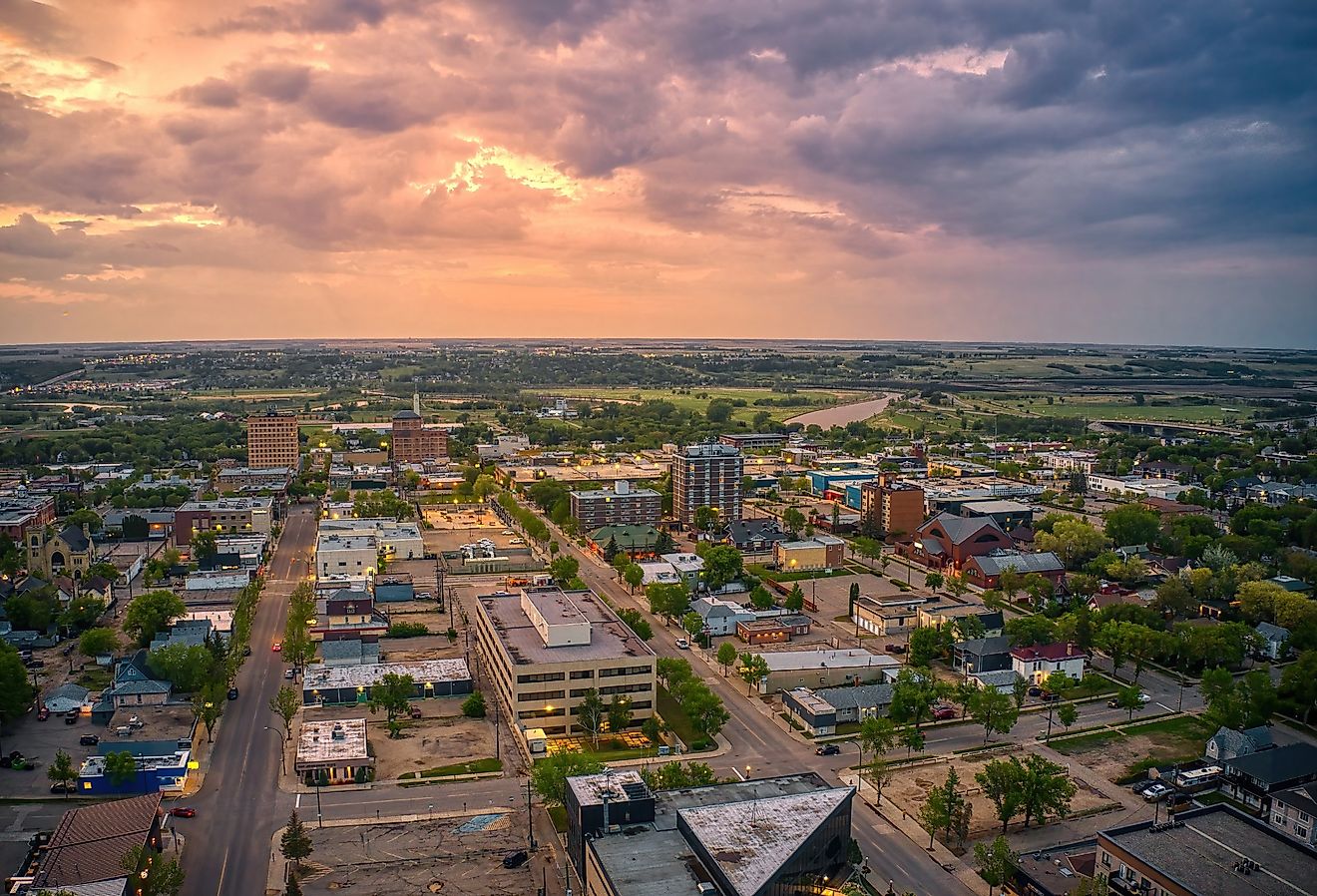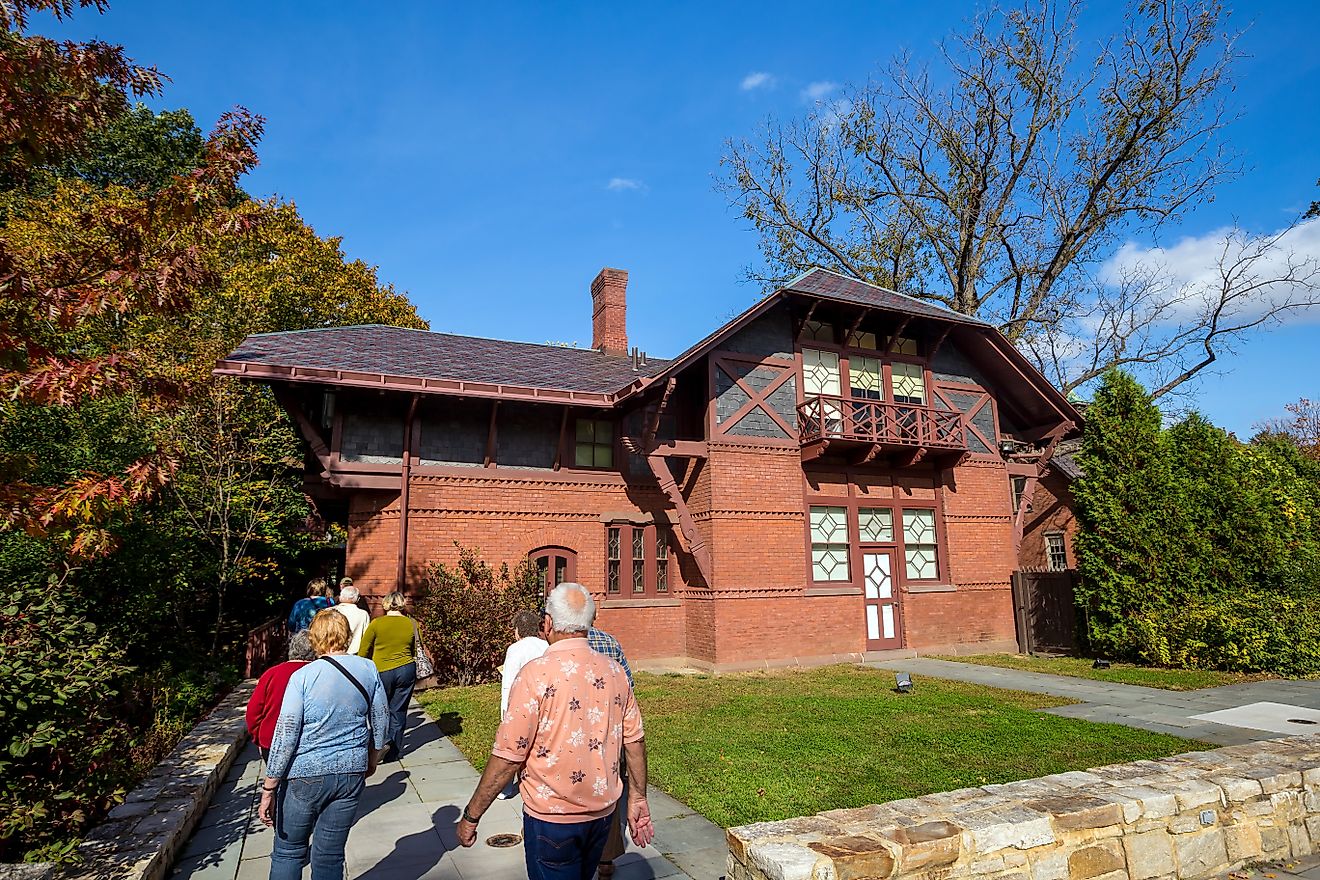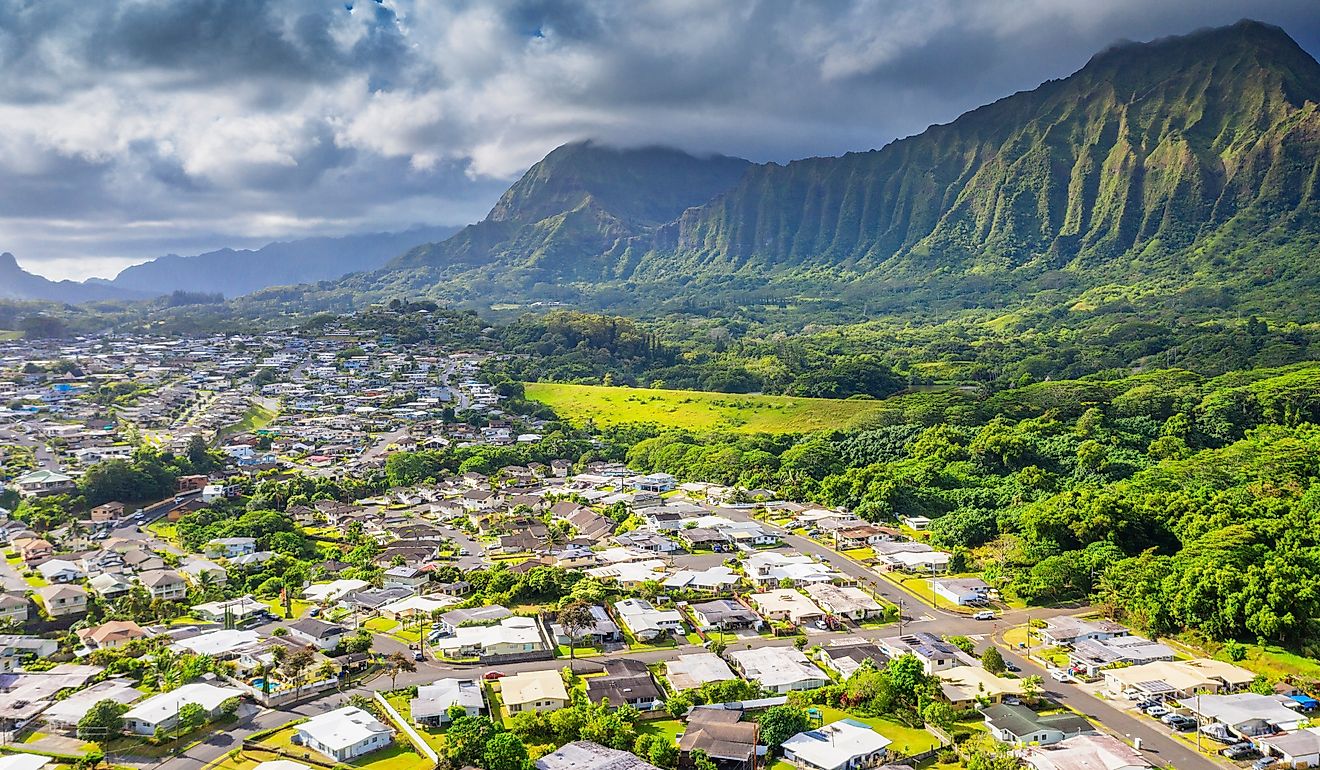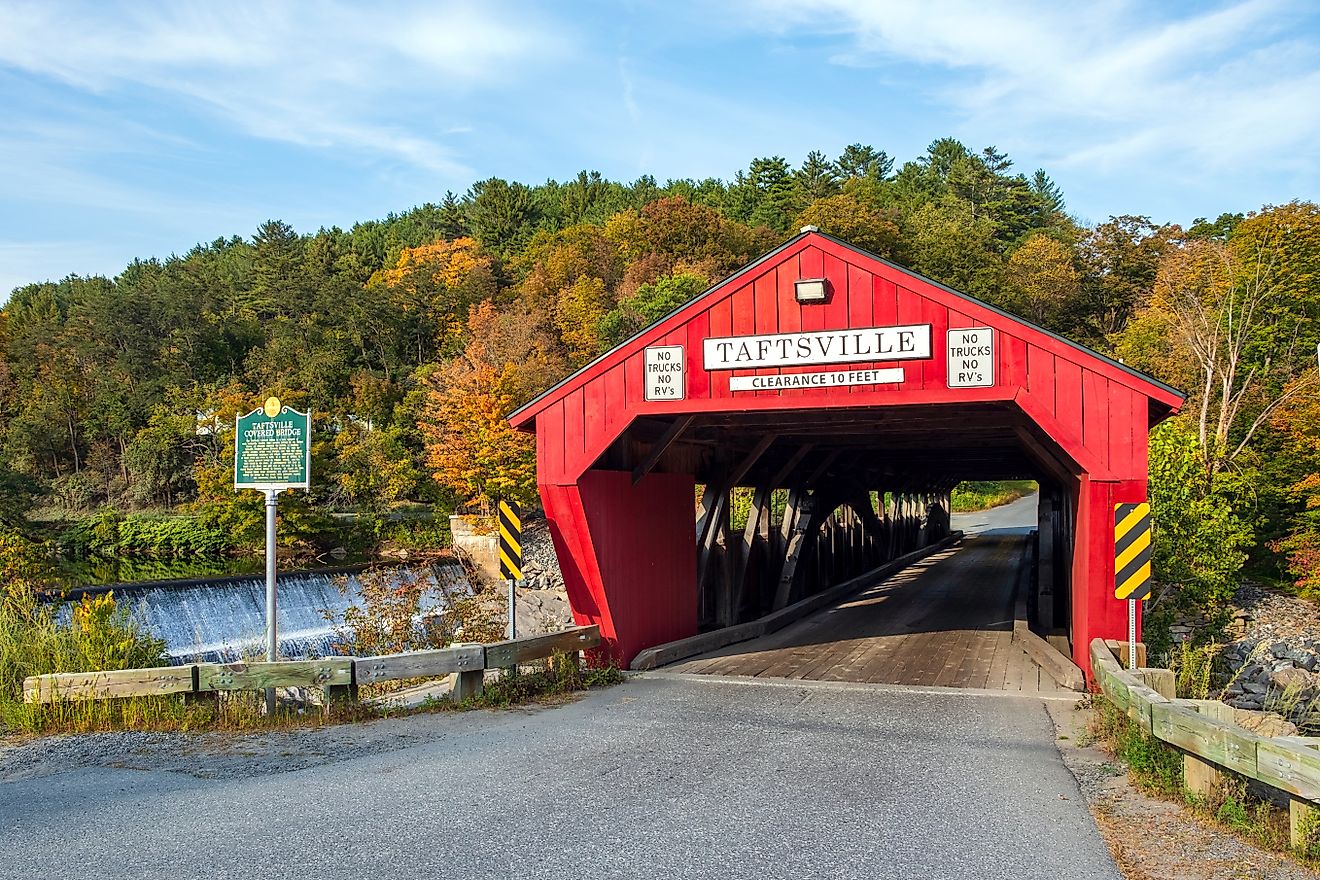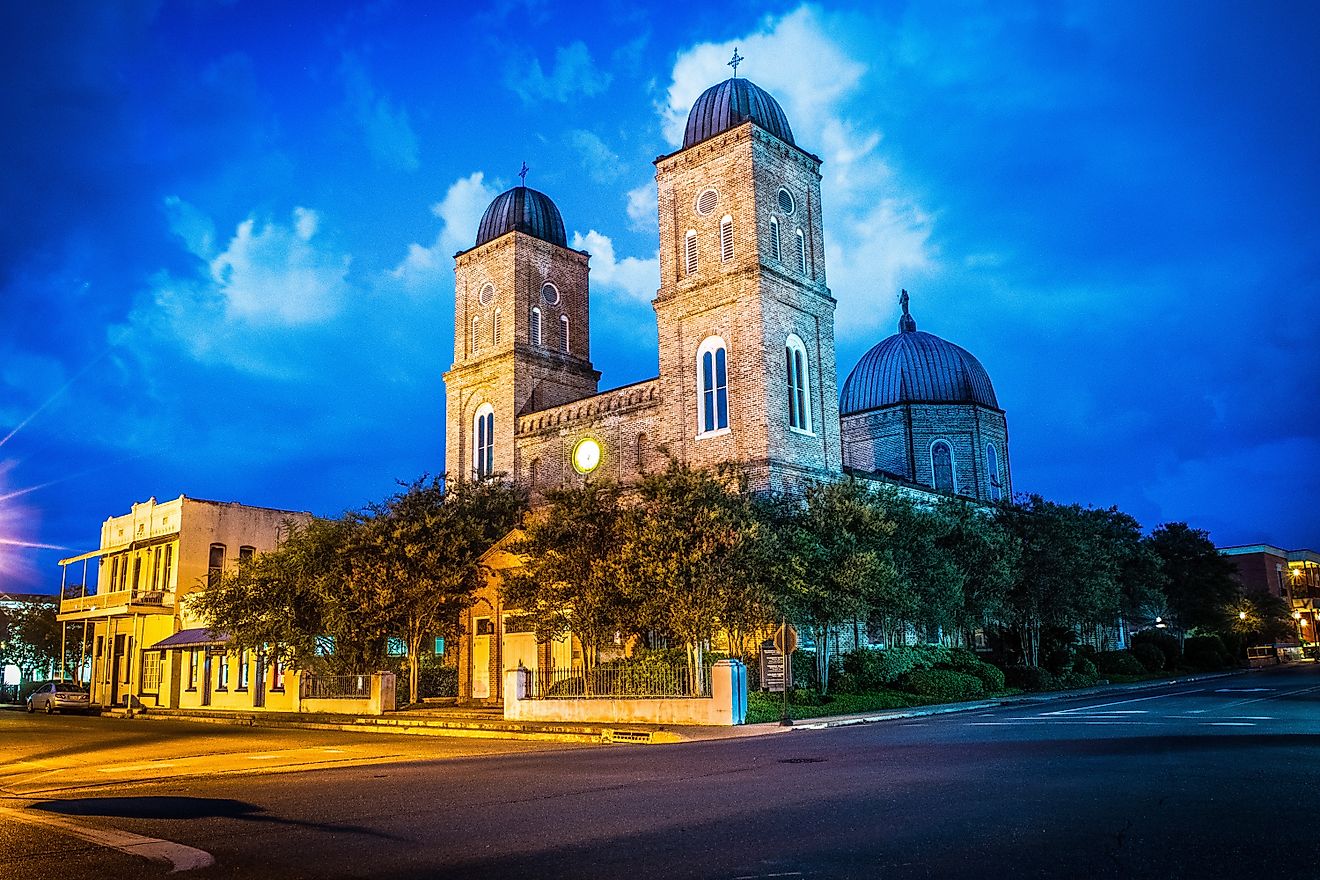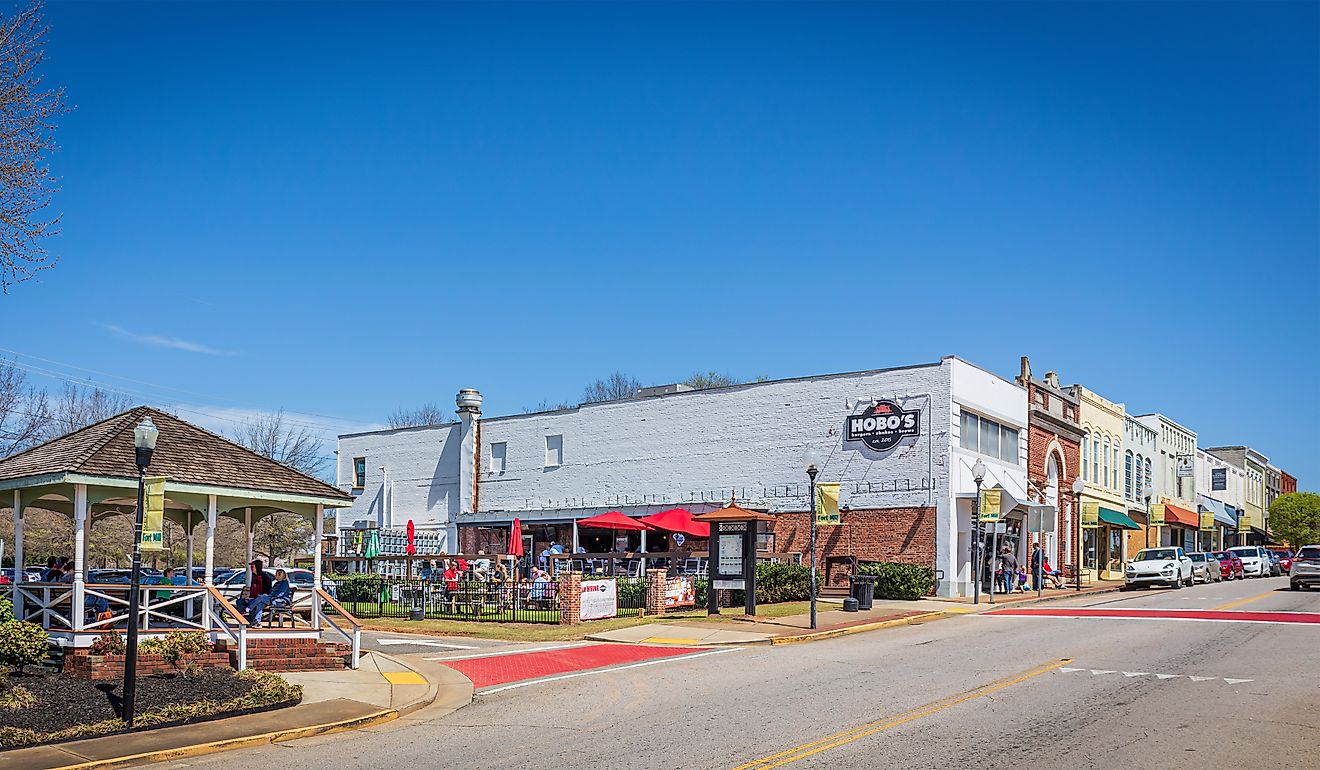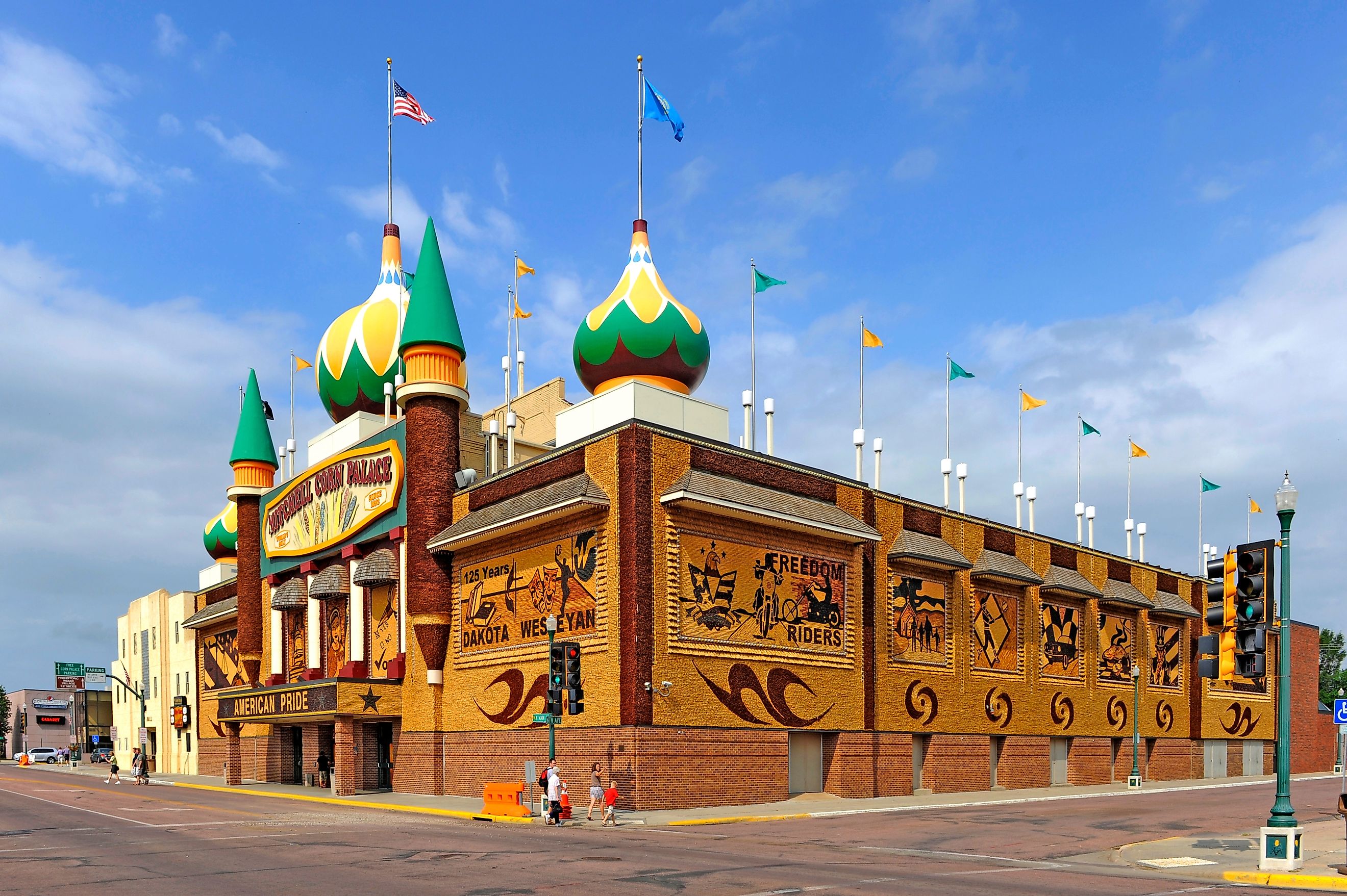
7 Strangest Landmarks In South Dakota
South Dakota is a destination that will keep you intrigued. Beyond the iconic Mount Rushmore National Memorial, Badlands National Park, and the Black Hills, many other unique places await exploration in and around these areas. From a house full of whimsy and wonder in Rapid City to a corn-themed castle in Mitchell and giant metal sculptures in Montrose, South Dakota's diverse landmarks offer a journey of discovery and surprise as you explore these seven strange landmarks.
Dinosaur Park

Another Rapid City favorite is Dinosaur Park, one of South Dakota's most peculiar landmarks. This unusual site is a must-see if you enjoy prehistoric creatures or want to take a break from visiting Mount Rushmore, which is about 30 minutes away. The 80-foot-long brontosaurus (visible from most parts of the city) and other life-size dinosaur statues make the park, perched on a sandstone ridge enclosing the Black Hills, worthwhile. Admission to the park is free and open daily, offering plenty of time to explore. For a complete Dinosaur Park experience, plan to visit between May and September, when the park's visitor center and gift shop are open.
Porter Sculpture Park
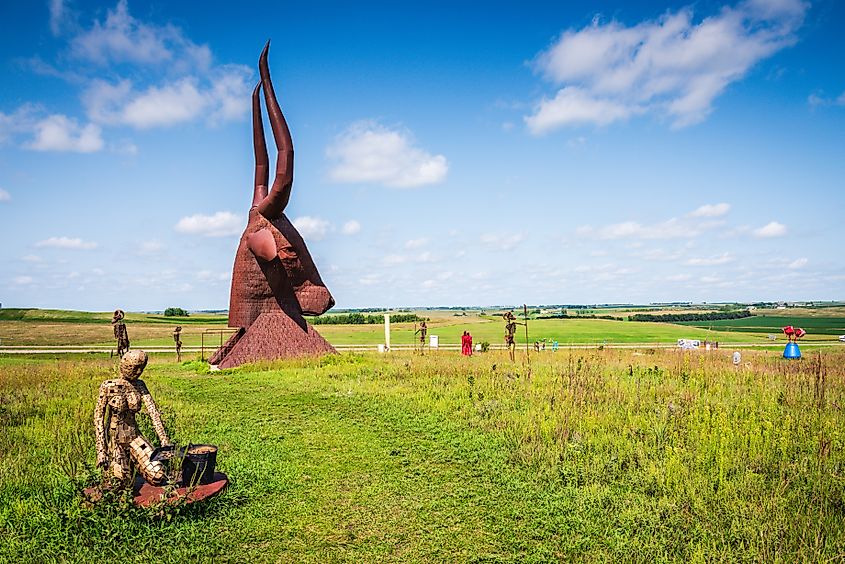
Porter Sculpture Park in Montrose offers a unique art experience in South Dakota. Visitors can see, touch, and be in awe of more than 60 enormous metal sculptures made by Wayne Porter, who also periodically stops by to welcome guests. Among them are a magic dragon, a pink rocking horse, and the park's tallest sculpture, a 60-foot-tall bullhead. This 25-ton sculpture, the size of Mount Rushmore's heads, took three years to construct. New sculptures are frequently installed to keep things interesting for each visit. The park, open seasonally from May 15 to Oct. 15, is free for children, but adults and teens must pay a nominal fee.
Corn Palace
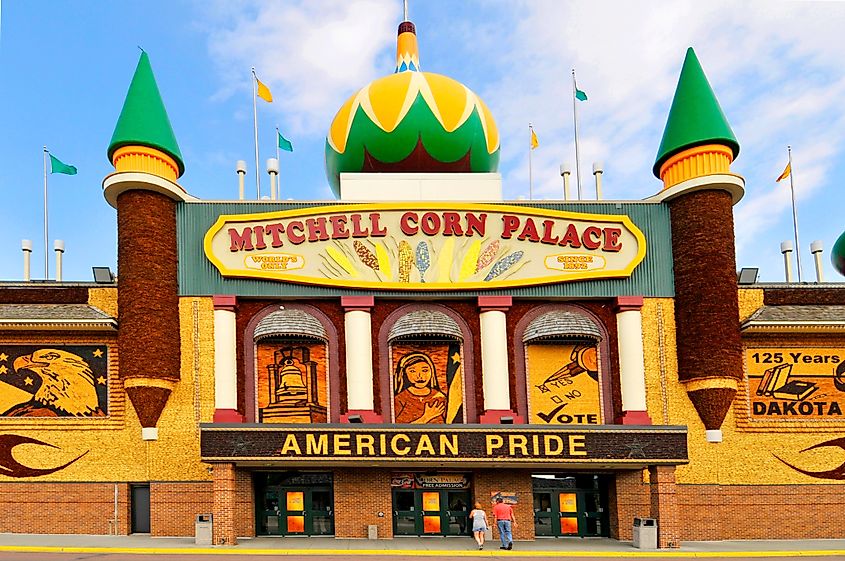
The Corn Palace, also called the Mitchell Corn Palace or The World's Only Corn Palace, in downtown Mitchell is a regular stop for tourists passing through South Dakota. The unique landmark was initially constructed in 1892 and is well known for its corn murals, which are updated and replaced yearly and created using the natural colors of corn and other grains. The murals depict scenes from South Dakota's history and culture, making the Corn Palace a living, evolving work of art.
Dances, theatrical events, basketball games, and concerts are all held at the Corn Palace. The Corn Palace Festival, a citywide celebration, is held in August. Free guided tours of the Corn Palace's history are available during the summer. Additionally, concession stands and a gift shop offer corn-related merchandise.
Cosmos Mystery Area
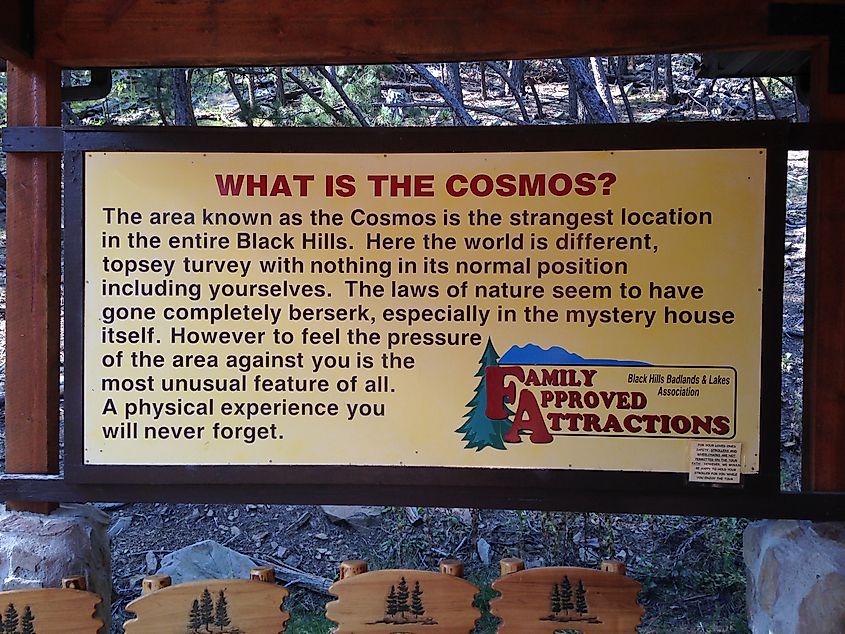
Rapid City's Cosmos Mystery Area is a remarkable location worth visiting. Its origins date back to the 1950s when two college students searched for the ideal location to construct a summer cabin in the Black Hills. According to legend, they found something odd when they arrived and set up camp to investigate the strange occurrences. They believed the public would be interested in what they discovered, which is how Cosmos Mystery Area came to be.
Cosmos Mystery Area blends science, mystery, and fun with attractions such as a mysterious house where things aren't what they seem. Inside, visitors can seemingly walk on walls, witness water flowing upward, see supposedly level surfaces that aren’t actually straight, and watch tall people appear small. You can also mine for geodes, observe demonstrations, and join a tour to discover more of the site's mysteries. Cosmos Mystery Area is open seasonally from April through October. There is an admission fee, but it is affordable, with discounted rates available for children.
Wall Drug
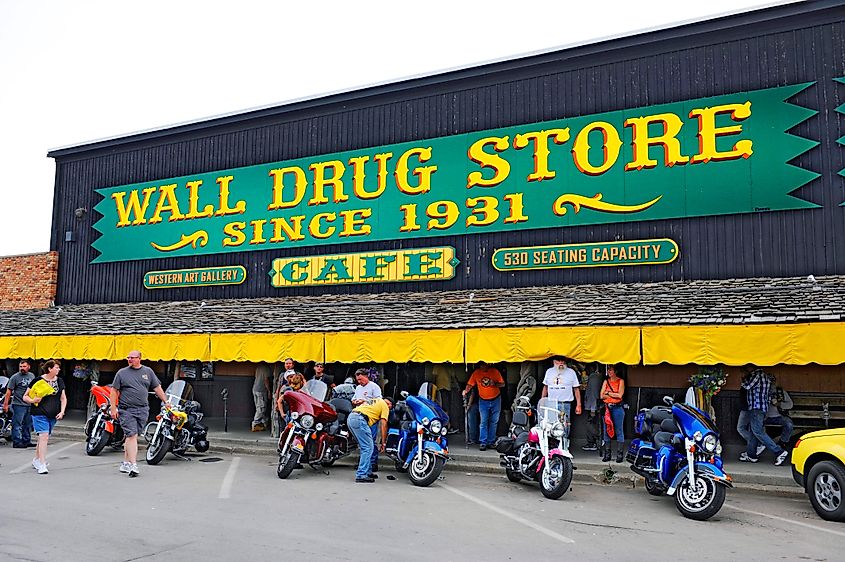
Wall is home to Wall Drug, which opened as a small pharmacy in the early 1930s but eventually became a major roadside tourist attraction for those passing through town on their way to landmarks such as the nearby Badlands National Park or Mount Rushmore. Wall Drug is more than just a drugstore; it's a sprawling complex of attractions, shops, and restaurants. Visitors can find quirky features, such as fun photo opportunities with a miniature Mount Rushmore, a giant jackalope, a 6-foot rabbit, and a life-size robotic Tyrannosaurus rex. Wall Drug also features a water show for children, a toy emporium, an arcade, cowboy-themed stores, and world-famous hot beef sandwiches, buffalo burgers, and 5-cent coffee at the Western Art Gallery Restaurant, which can seat up to 500 guests.
Six-Ton Prairie Dog
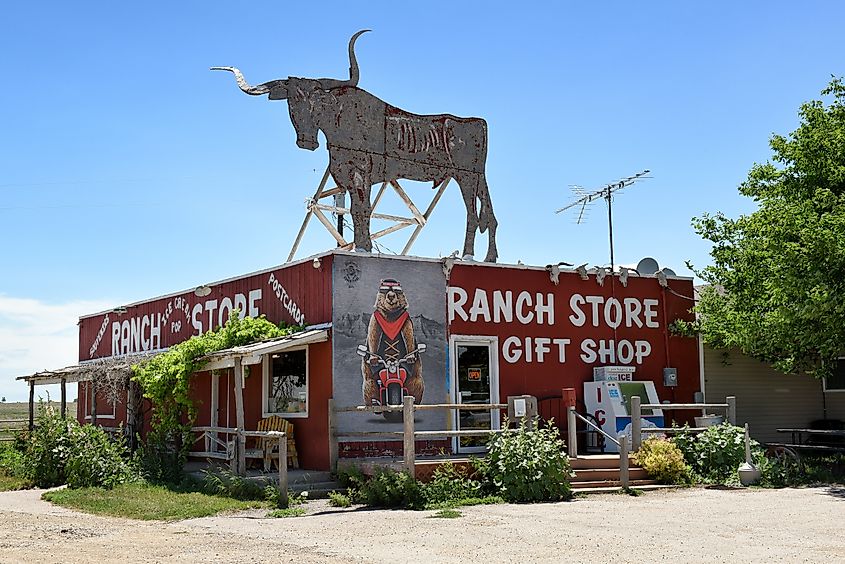
Outside the Badlands Ranch Store, which has been around since the 1950s, is a massive concrete prairie dog statue near Badlands National Park. Despite being one of the most bizarre roadside attractions in the area, many people enjoy seeing the 6-ton, 12-foot monument.
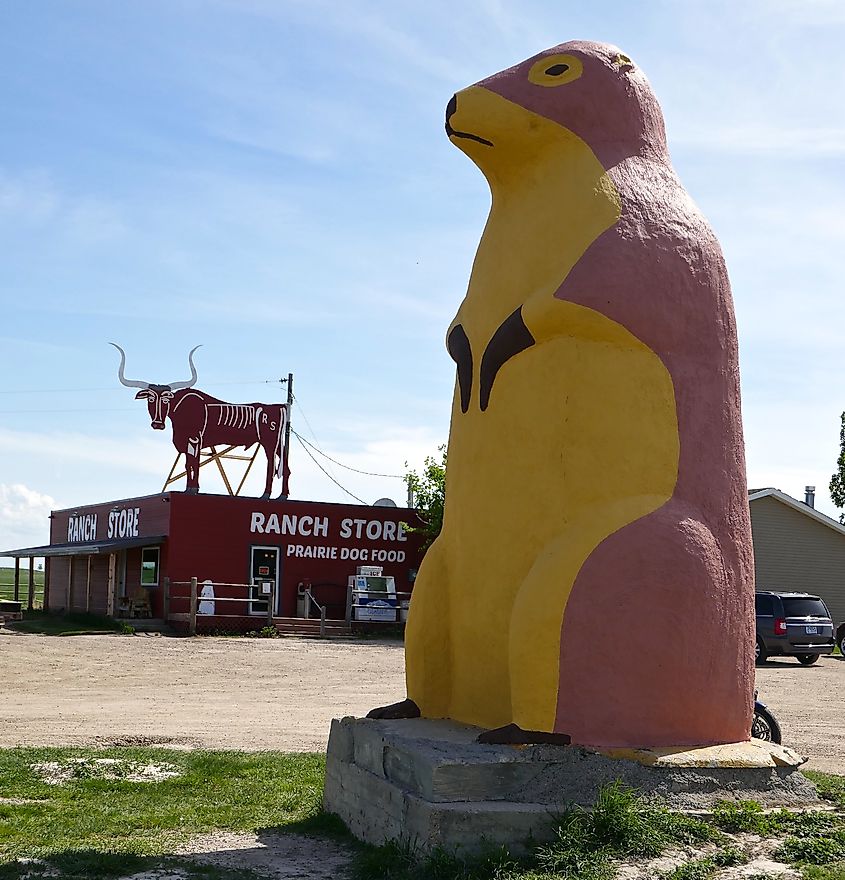
Prairie dogs are prevalent in the western two-thirds of the state, which may explain the significance of this quirky structure. The store and statue were located initially more than 20 miles away but were relocated after the completion of Interstate 90. Visitors can buy unsalted peanuts inside the store to feed the local prairie dogs. Refreshments are also available, and picnic tables provide a place to relax before visiting the national park.
Geographic Center of the Nation Monument
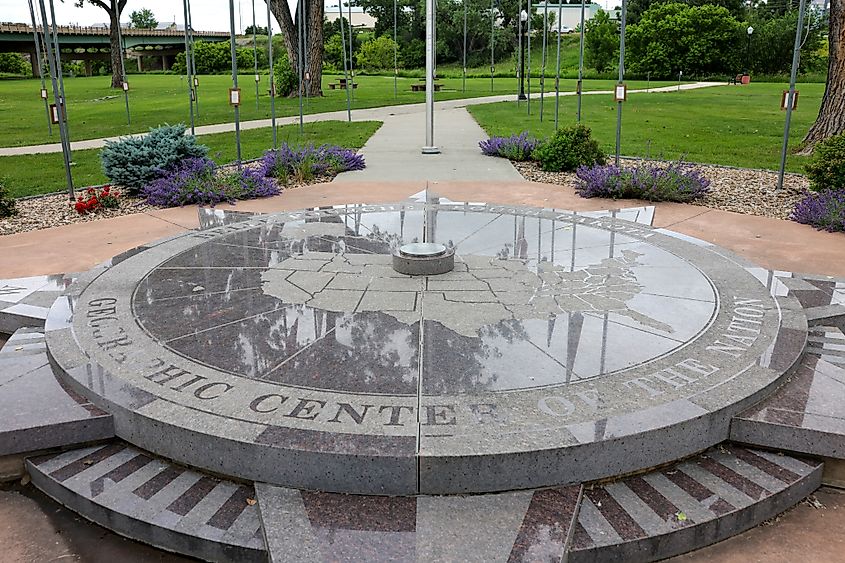
The Geographic Center of the Nation Monument in Belle Fourche is an unusual South Dakota landmark featuring a granite compass with a 21-foot diameter and a map that marks a location that is not precisely the center of the United States. Fascinating fact: When Hawaii joined the Union in 1959, the country's geographic center shifted to a region about 20 miles north of Belle Fourche. However, the monument, built by local artist Monte Amende, was placed in Belle Fourche because the actual geographic location is on private property. Visitors to the monument can also explore the nearby Center of the Nation Visitor Center and the Tri-State Museum, which are open year-round.
Discover South Dakota's Strangest Landmarks
As you can see, South Dakota offers many strange experiences throughout the state. Beyond being home to Mount Rushmore National Memorial and other notable landmarks, there are many quirky places to discover while traveling its roads and moving from city to city. You'll encounter attractions like the Corn Palace in Mitchell, with its corn murals; funky metal art installations at Porter Sculpture Park in Montrose; and fun pit stops such as Cosmos Mystery Area in Rapid City, an adventure full of whimsy and wonder.
